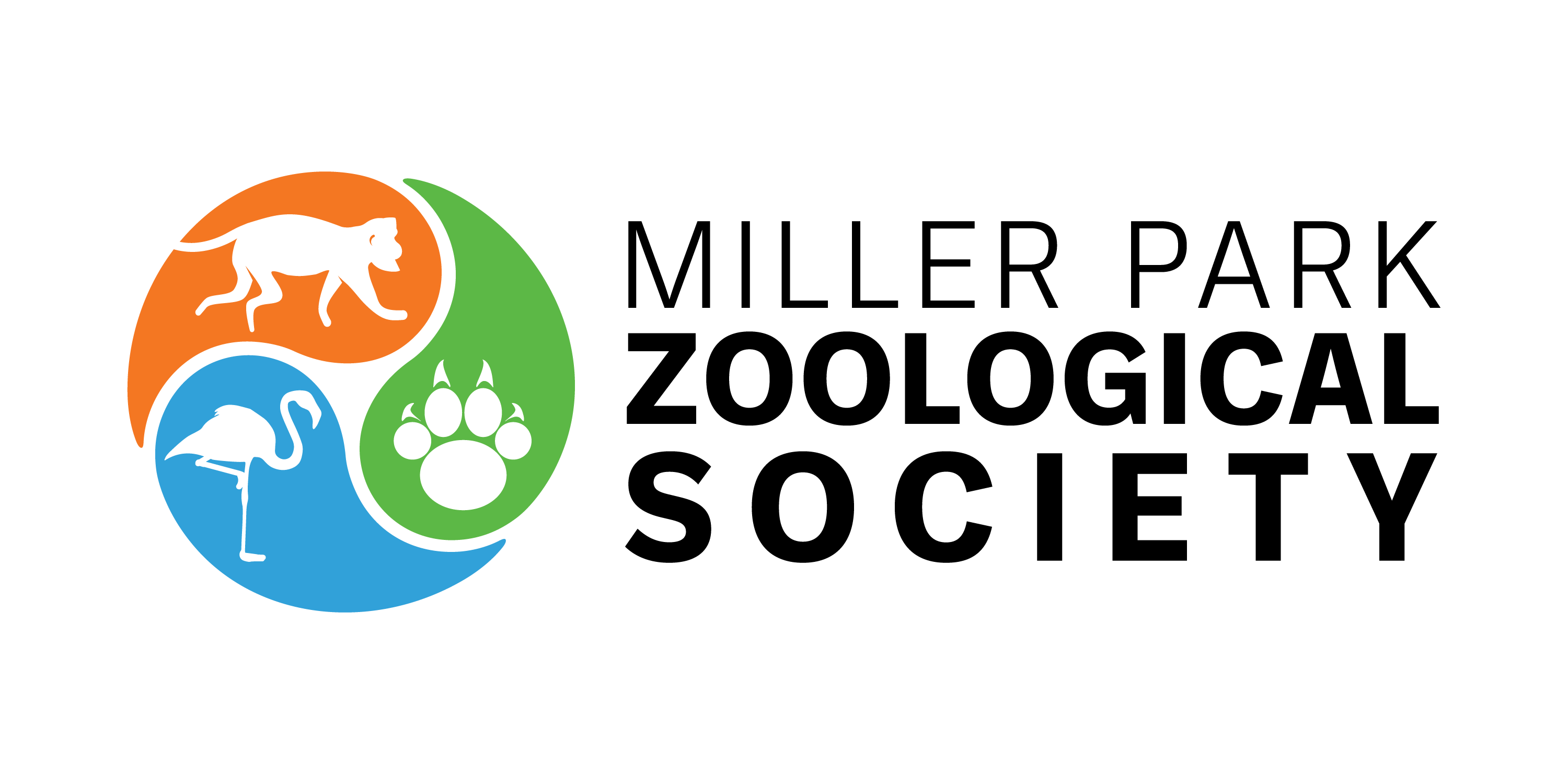Protecting Pollinators
Habitat loss affects many animals including insects that move pollen from plant to plant. If pollen does not get transferred there will be no seeds to grow more plants and both plants and pollinators would cease to exist. When green space is converted to land for crops, monoculture lawns, or planted with non-native plants, pollinators lose their food source and their job. According to an article titled No Bees, No Food in The Defender Children’s Health Defense News, 75% of the world’s food crop depend on pollinators. One third of all foods and beverages are made possible by pollinators.
In 2014, 2 keepers at the zoo began creating the first pollinator garden which included grass, hostas, and mulch. The keepers contacted local nurseries, family members, and friends who donated plants to help establish the gardens. Over the years four gardens have been planted to support pollinators. Here are their locations.
* Large garden by the gator exhibit.
* Island garden across from the flamingo exhibit.
* Front garden by the food stand.
* Entrance garden just outside of the zoo.
These gardens include plants which provide food and shelter for pollinators including bees, birds, butterflies, moths, and wasps. Insects attract bats and small animals to the gardens.
The large garden includes the Monarch Manor where butterflies are hatched, tagged, and released to migrate.
Pollinator gardens are often made up of native plants, but non-native plants can still support local wildlife. Dead leaves and plants support wildlife throughout the winter providing a place to nest, stay warm, and lay eggs. These gardens are cleaned up in the Spring when nighttime temperatures are consistently above 50 degrees.
The zoo maintains multiple hives. The largest is inside the Zoolab. Bees can come and go through a tube to the outside. This hive is enclosed in glass so guests have a great view of the bees and how they work together inside the hive.
Big or small, every species plays an important role in our local ecosystem.

